Optimal Timing for Shoe Molding Installation
Shoe molding installation is typically best performed during specific periods to ensure optimal results. Timing depends on factors such as climate, indoor conditions, and project scope. Proper timing can help prevent issues like warping, cracking, or improper adhesion.
Spring and fall are ideal due to moderate temperatures and humidity levels, which facilitate better adhesion and curing of materials.
Avoid installations during extreme heat or cold, as temperature fluctuations can affect material expansion and contraction, impacting the final appearance.
Performing installation during periods of stable indoor climate, such as when heating or cooling systems are consistently active, ensures better results.
Scheduling during periods with minimal construction activity reduces disruptions and allows for precise work.
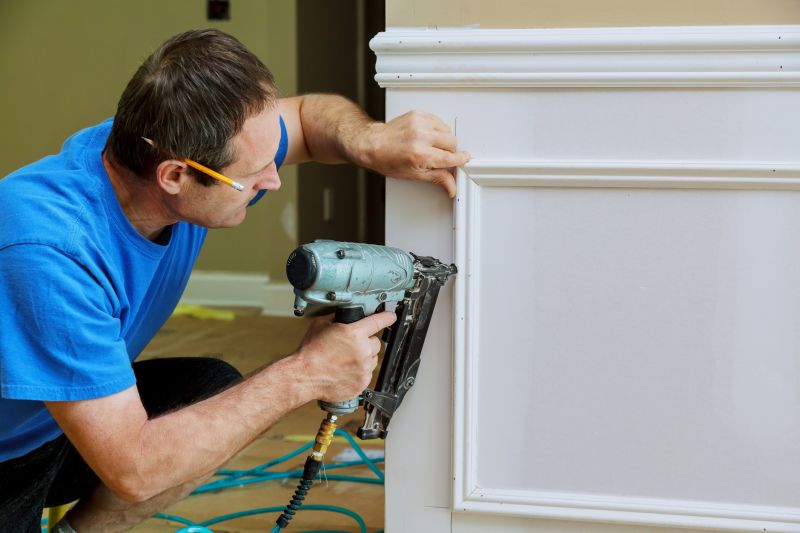
Ways to make Shoe Molding Installations work in tight or awkward layouts.
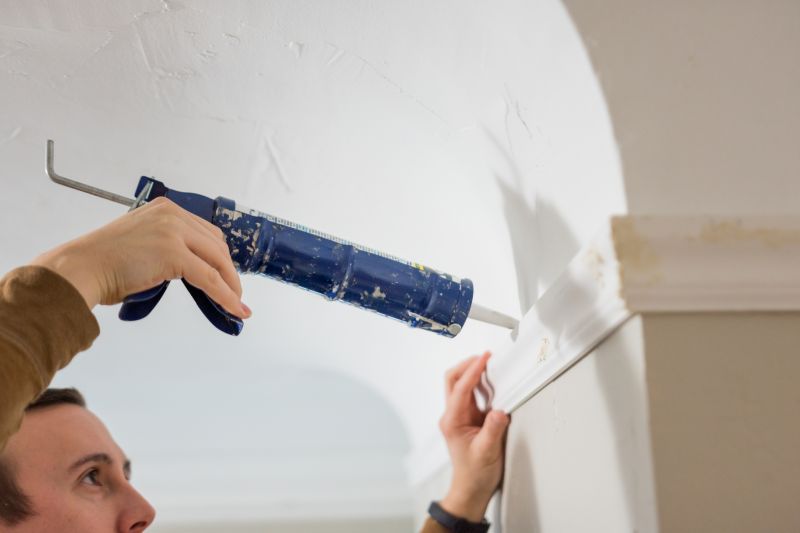
Popular materials for Shoe Molding Installations and why they hold up over time.
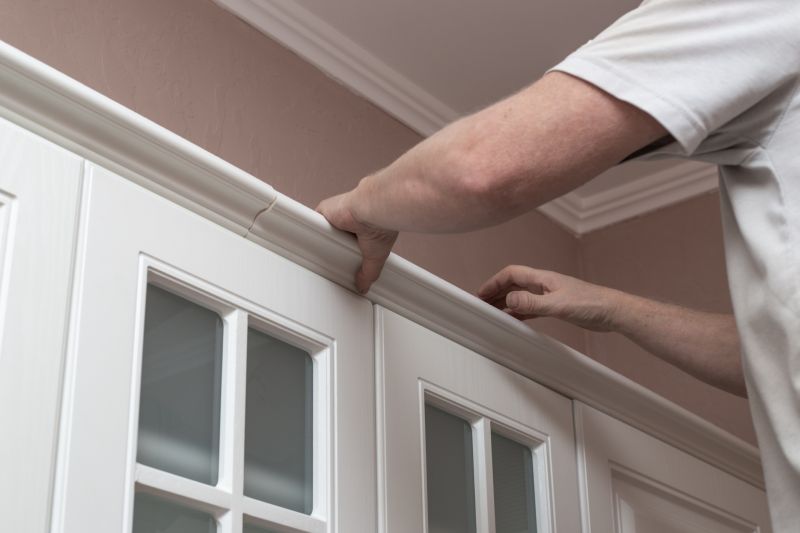
Simple add-ons that improve Shoe Molding Installations without blowing the budget.
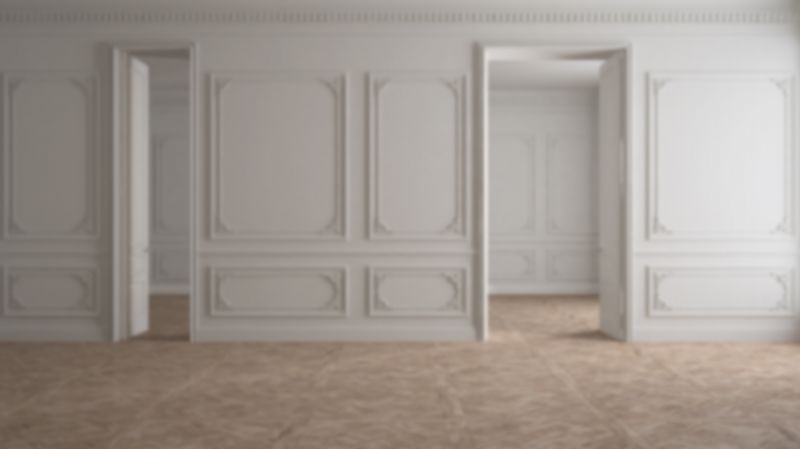
High-end options that actually feel worth it for Shoe Molding Installations.
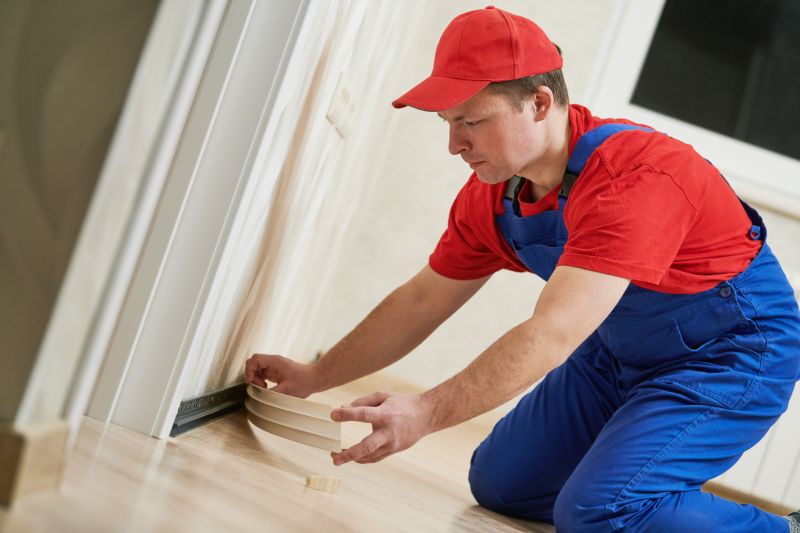
Finishes and colors that play nicely with Shoe Molding Installations.
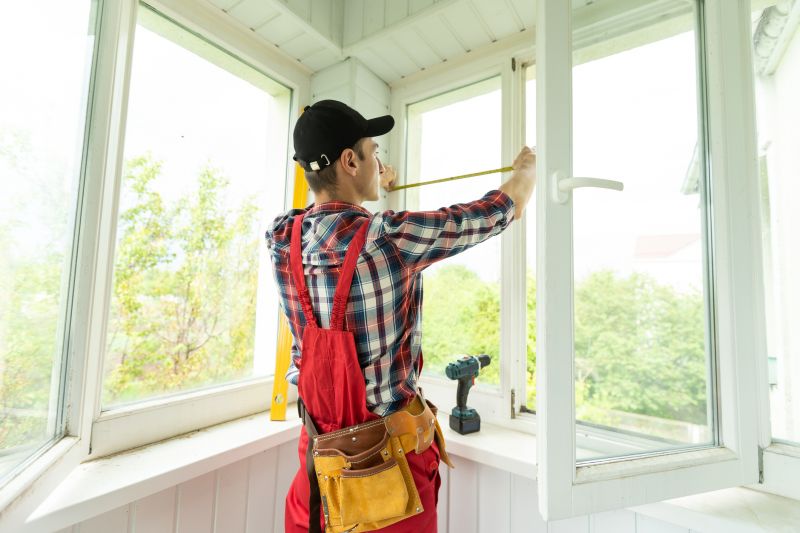
Little measurements that prevent headaches on Shoe Molding Installations day.
| Factor | Recommendation |
|---|---|
| Temperature | Between 60-75°F (15-24°C) for optimal adhesion |
| Humidity | Relative humidity between 40-50% |
| Indoor Conditions | Stable heating or cooling during installation |
| Season | Spring or fall preferred |
| Project Duration | Allow sufficient curing time before occupancy |
Shoe molding installations involve attaching narrow strips of trim along the base of walls to enhance aesthetic appeal and protect wall surfaces. Proper timing ensures that materials such as wood, MDF, or PVC adhere correctly and do not warp or crack over time. The process includes measuring, cutting, and securing the molding, often using nails, adhesive, or both. The installation can be completed efficiently during periods of stable indoor climate, reducing the risk of material issues and ensuring a smooth finish.
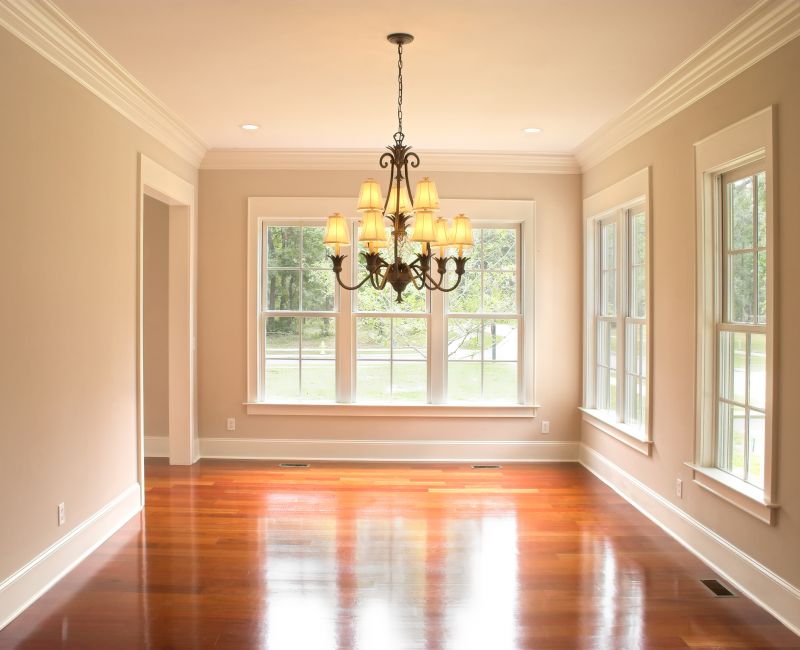
A 60-second routine that keeps Shoe Molding Installations looking new.

A frequent mistake in Shoe Molding Installations and how to dodge it.
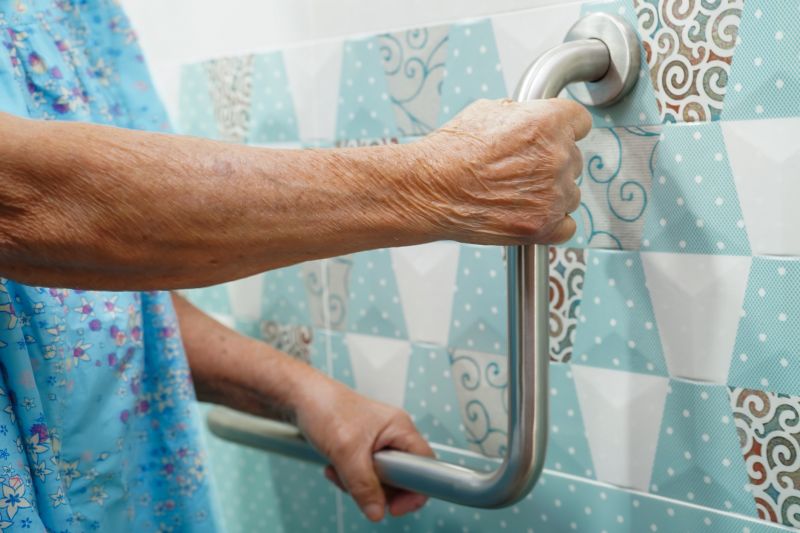
Small tweaks to make Shoe Molding Installations safer and easier to use.
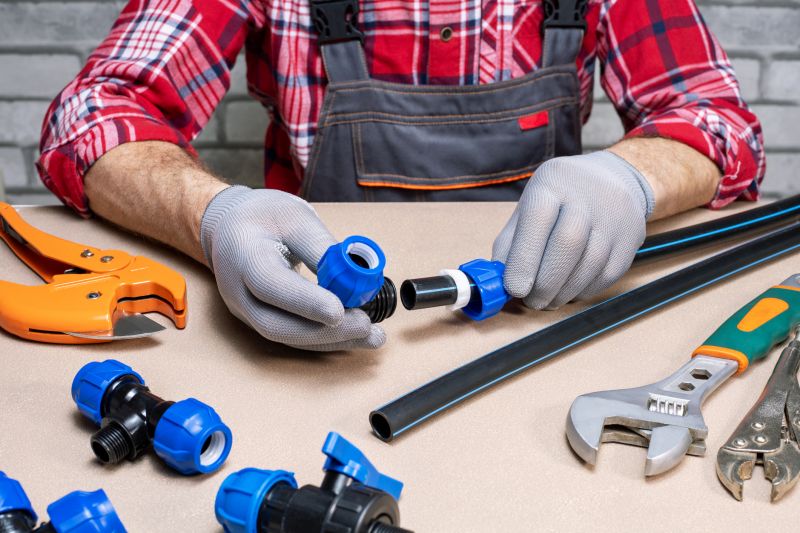
Lower-waste or water-saving choices for Shoe Molding Installations.
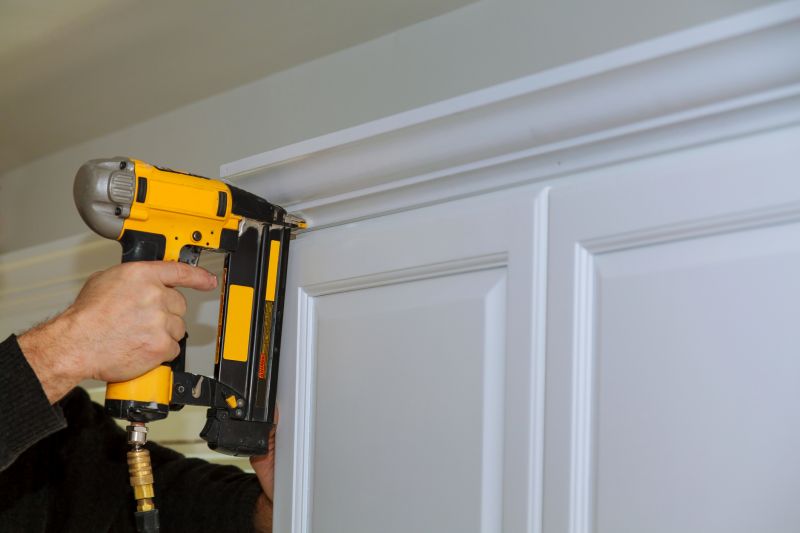
The short, realistic tool list for quality Shoe Molding Installations.
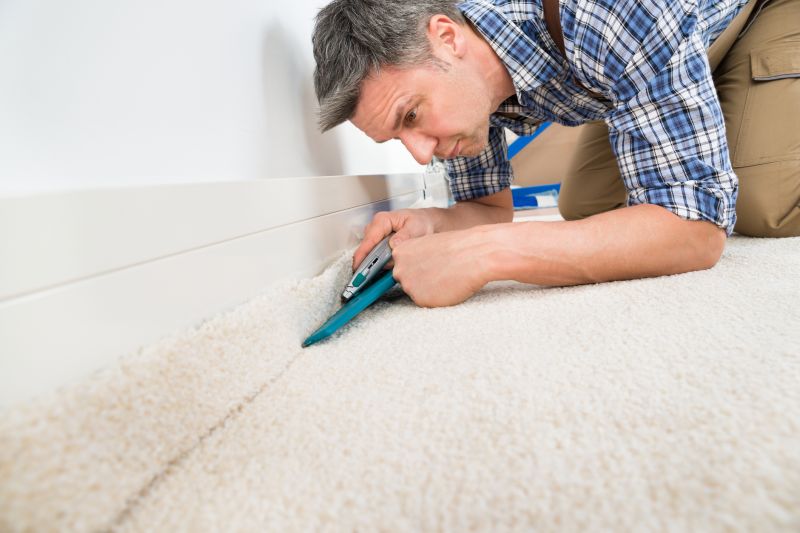
Rough timing from prep to clean-up for Shoe Molding Installations.
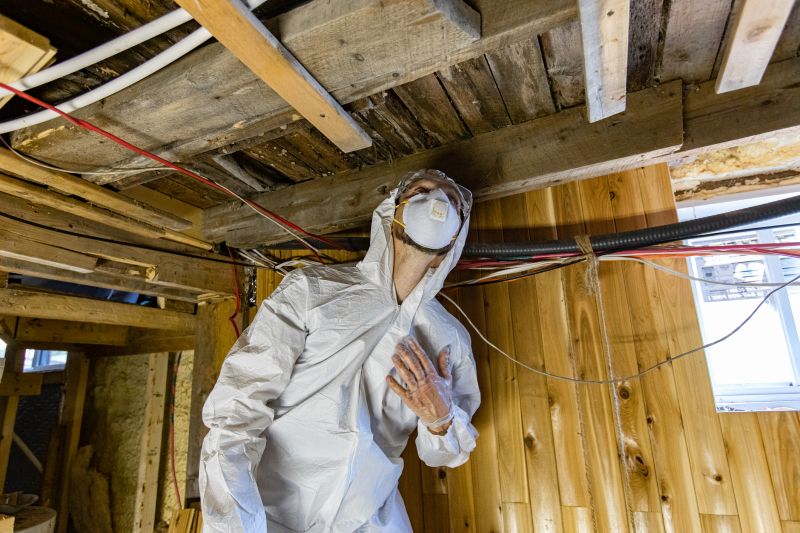
Quick checks and paperwork to keep after Shoe Molding Installations.
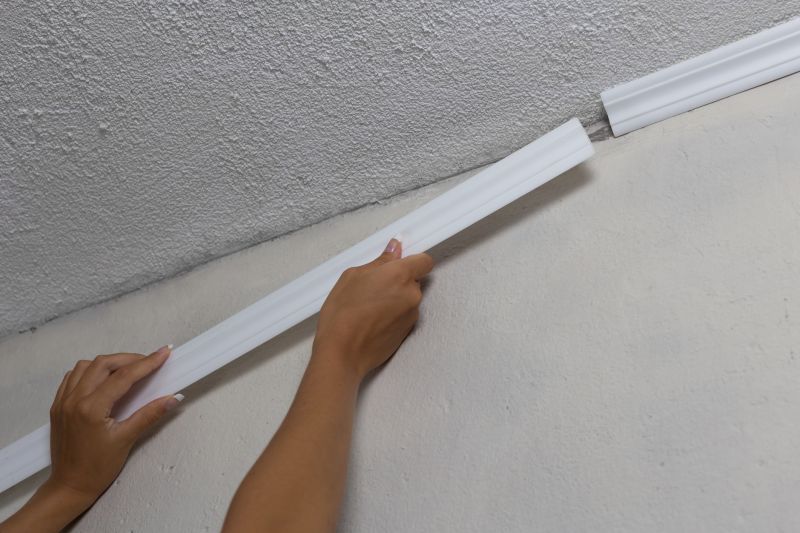
Examples that show the impact a good Shoe Molding Installations can make.
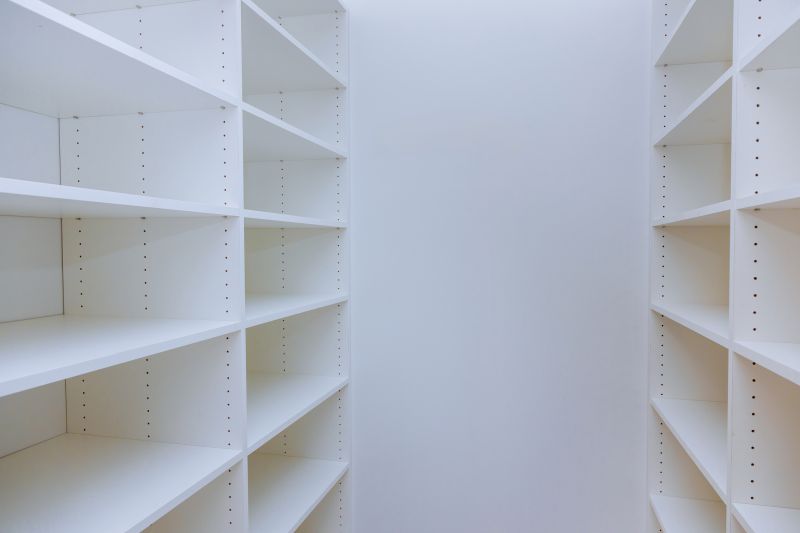
Ways to make Shoe Molding Installations work in tight or awkward layouts.
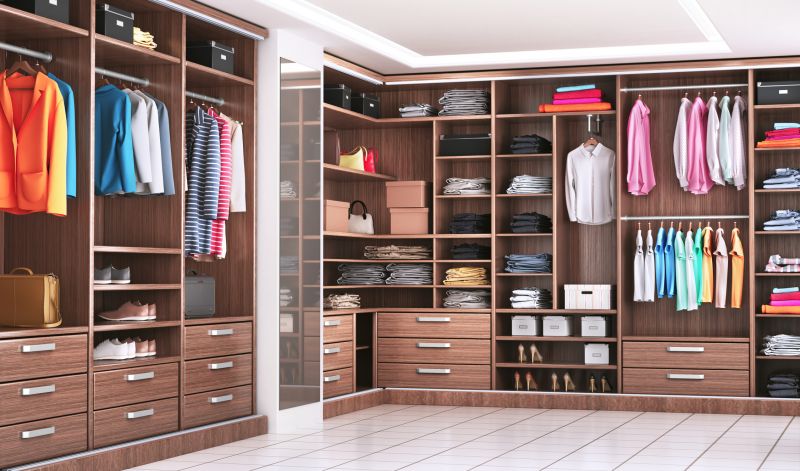
Ways to make Shoe Molding Installations work in tight or awkward layouts.
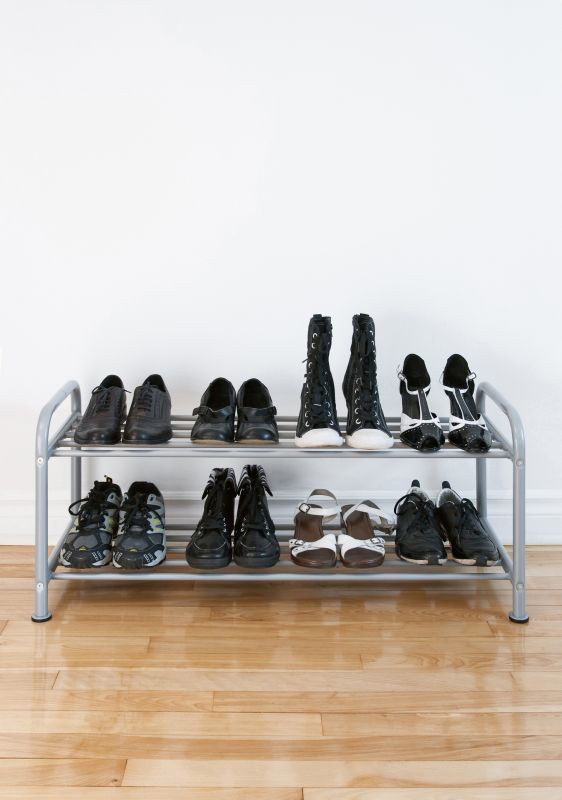
Ways to make Shoe Molding Installations work in tight or awkward layouts.
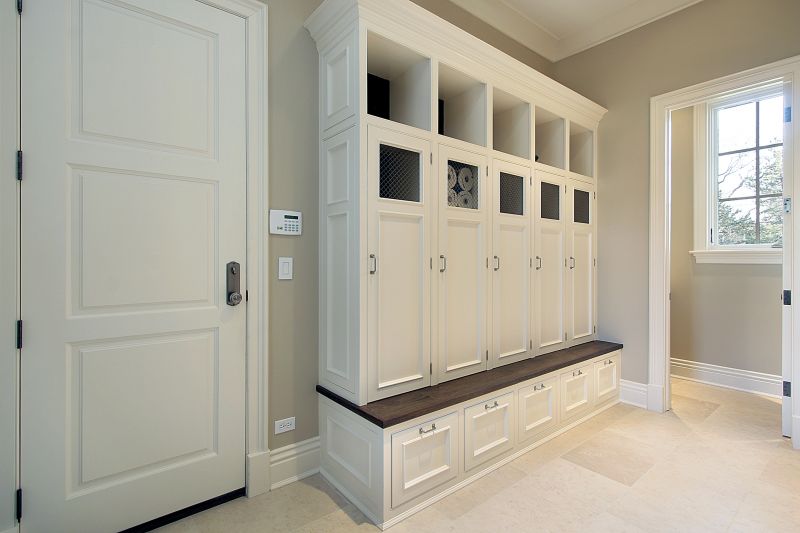
Ways to make Shoe Molding Installations work in tight or awkward layouts.
Choosing the right time for shoe molding installation can influence the durability and appearance of the trim. Proper planning and consideration of climate conditions help achieve a seamless and long-lasting finish. Consulting with a professional can provide additional insights tailored to specific project needs.
Interested in scheduling shoe molding installation? Filling out the contact form provides an opportunity to discuss project details and timing preferences with a professional. Proper timing and preparation contribute to a high-quality, long-lasting result.
